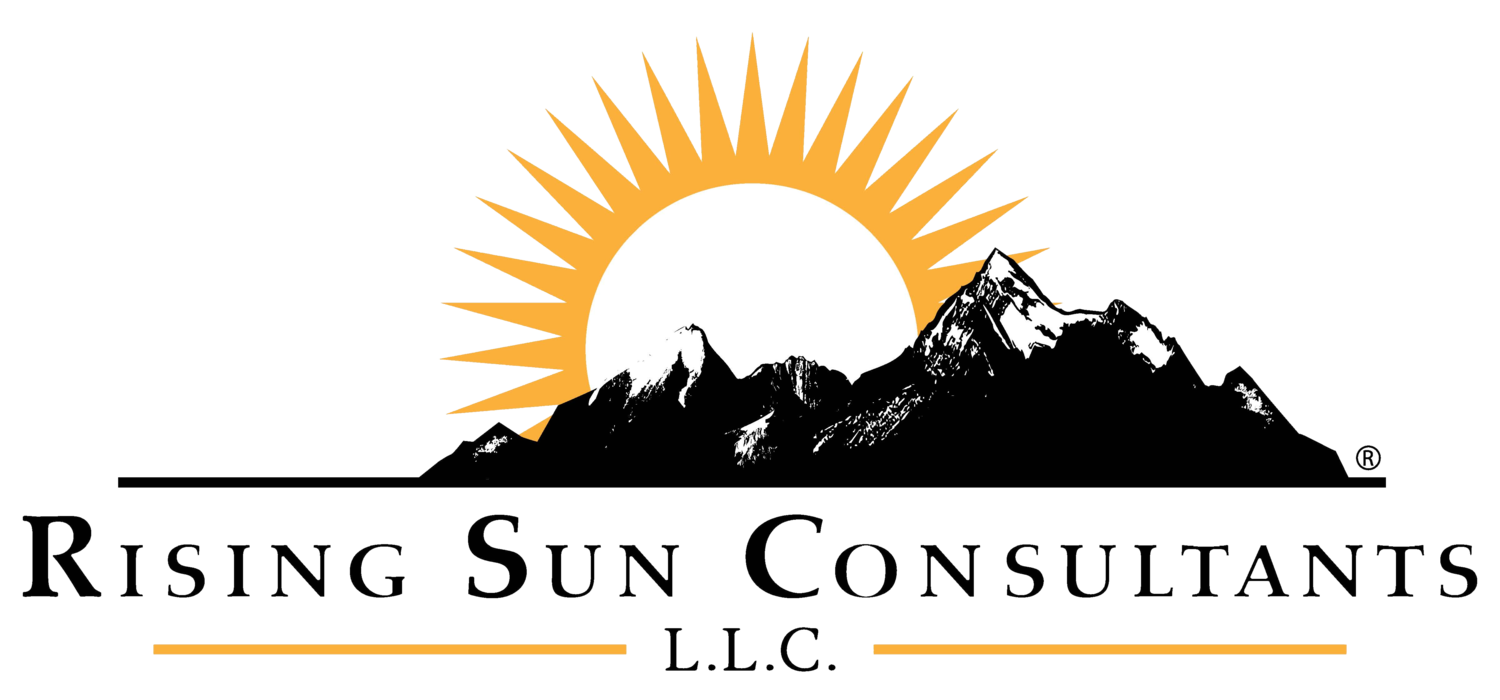“Yesterday’s ending launched today’s success, and today will have to end if tomorrow’s changes are to take place.” – William Bridges & Susan Bridges
When Change Goes Wrong
We’ve all witnessed it. A promising merger that turns toxic. A strategic acquisition that becomes a cultural battlefield. A restructuring that somehow makes everything worse instead of better.
What we’ve seen far too often is when change and transitions are mishandled, the result is full-blown dysfunctional distrust and conflicts. The warning signs are unmistakable: significant breakdowns in communication and trust, open hostility between teams, resentment that spreads like wildfire across departments, plummeting productivity, suffering morale, and uncontrollable staff turnover.
Three Cautionary Tales
The Manufacturing Merger: Two manufacturing facilities making identical products were consolidated under one roof. What seemed straightforward on paper became a nightmare in reality. An “us versus them” mentality took hold that permeated all the way up to plant leadership. Despite various efforts, mistrust deepened, loyalties clashed, productivity dropped, and accident rates climbed. Everyone suffered.
The Healthcare Absorption: A larger health system absorbed smaller medical practices, expecting a unified and enhanced patient experience. Instead, they got daily tug-of-war battles. Long-time practitioners felt steamrolled by centralized protocols while corporate leadership couldn’t understand the resistance. Scheduling systems failed to sync, referral patterns were disrupted, and decisions that once took minutes now required weeks. Trust eroded as everyone is frustrated.
The Construction Acquisition: A thriving construction firm acquired a specialized team, anticipating strategic growth. The honeymoon ended quickly. The new crew felt like outsiders on job sites they once led, while legacy staff questioned every method and motive. Miscommunications around project timelines flared up, safety procedures clashed, and even small differences became sources of daily friction.
The Path Forward
These situations are undeniably difficult, and context matters greatly. There are no easy, one-size-fits-all solutions.
However, there’s wisdom to be found in the book, Managing Transitions: Making the Most of Change by William Bridges and Susan Bridges. Originally published in 1991, this practical resource continues to offer valuable insights for anyone looking to level up their transition management skills. The book provides actionable checklists, concrete steps, relevant case studies, and useful assessments.
Seven Key Insights for Better Transitions
- It isn’t the changes that will do you in; it’s the transitions. They aren’t the same thing.
- The single biggest reason organizational changes fail is because no one has thought about endings or planned to manage their impact on people.
- Every organizational system has its own natural “immune system” whose task it is to resist unfamiliar, and so unrecognizable, signals. That is not necessarily bad.
- Ending — neutral zone — new beginning. You need all three phases, and in that order, for a transition to work.
- The starting point for dealing with transition is not the outcome but the ending that you’ll have to make to leave the old situation behind.
- GRASS. Guilt, Resentment, Anxiety, Self-absorption, and Stress. These are the five real and measurable costs of managing transition effectively.
- So it is important to remember to cover all four of these bases — purpose, picture, plan, and part — when you talk about the new beginning you’re trying to help people make.
“If we can’t unite our leadership team, we can’t unite our workforce,” said Tom Kettering, an experienced HR executive who’s had decades of experience in managing transitions.
If these stories feel familiar, you’re not alone. Most leaders have watched promising changes unravel because the human side of transition was overlooked. The good news? There’s a better way forward.
Whether you’re facing a merger, restructuring, or any significant organizational shift, consider investing time in understanding how transitions actually work. Start with the Bridges framework, examine your own organization’s “immune system,” and remember that managing change is ultimately about managing people through uncertainty.
If you’d like support navigating this complex terrain, reach out to us—we would be delighted to be your advisors on this journey.
Your teams, your culture, and your bottom line will thank you for getting ahead of the transition curve rather than scrambling to repair the damage after it’s done.

